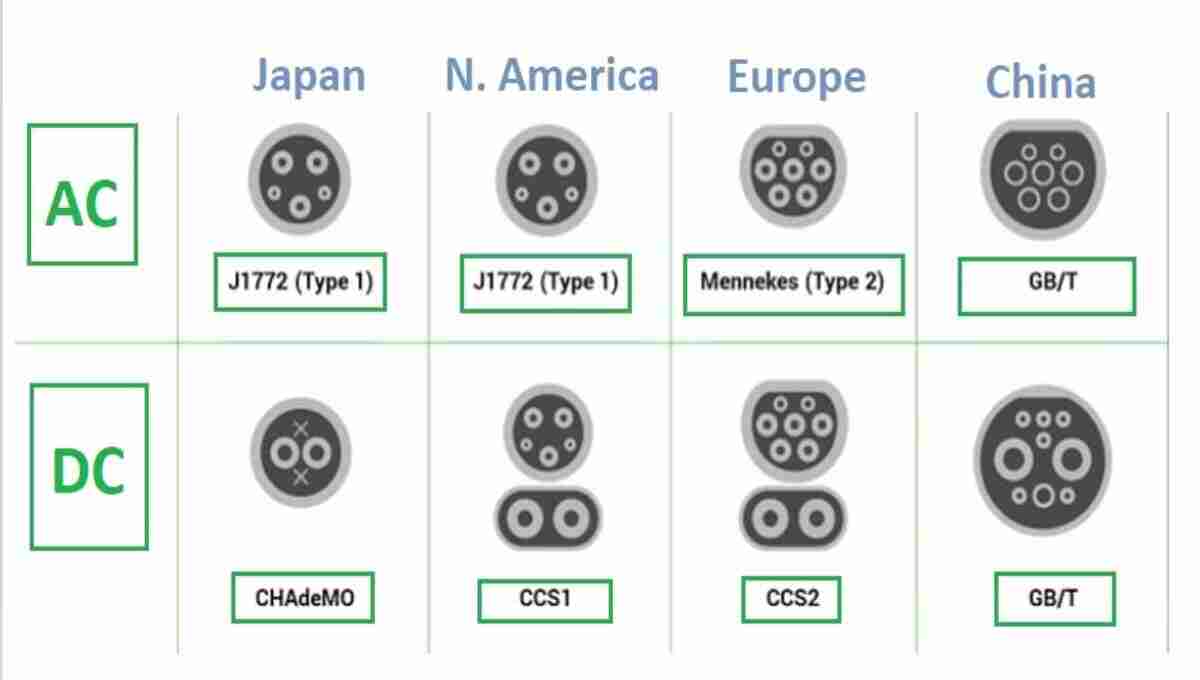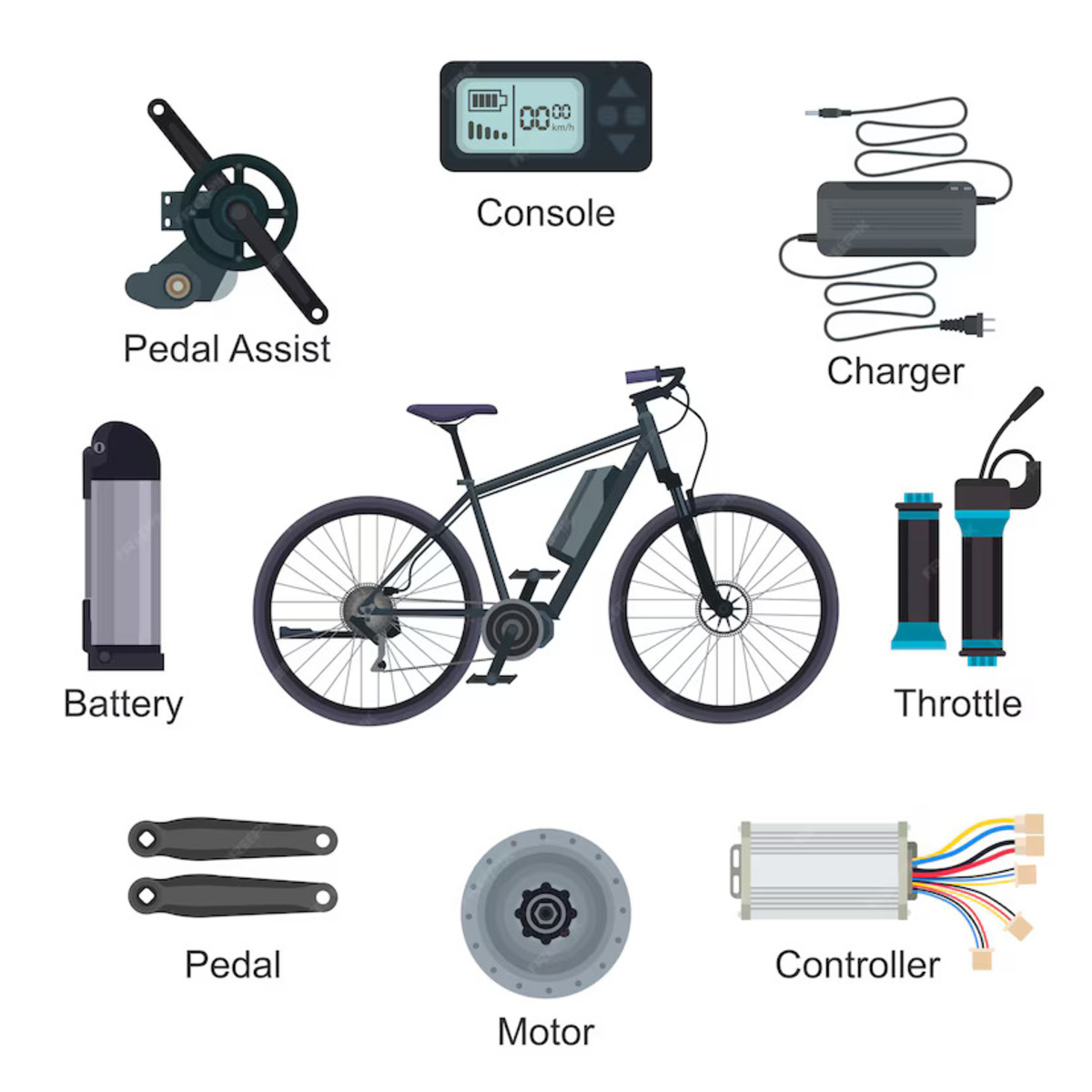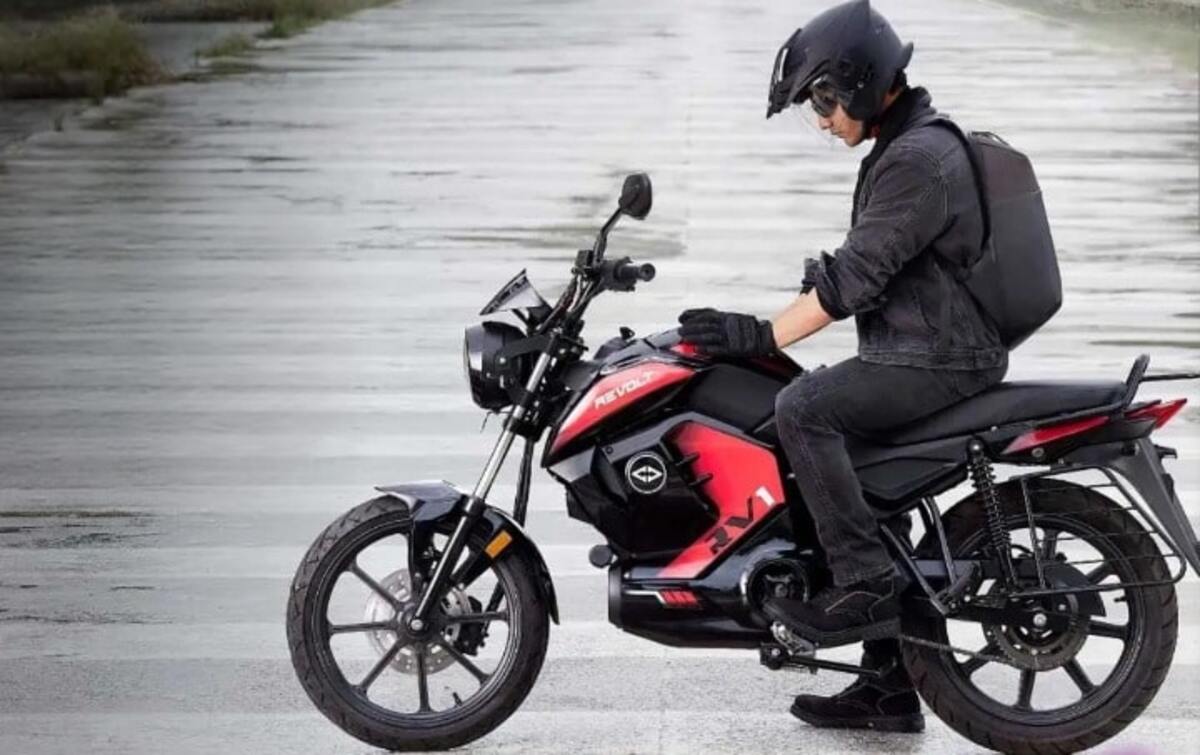Learn about the different types of Electric Vehicles charging connectors used in the EV industry.
New technologies always teach us something exemplary, so move on to electric vehicles and kick off the dependency on oil pumps. The requirement of charging stations to recharge the battery of electric vehicles is not enough, for this, we need charging connectors too. First of all, we should know what charging connectors are. In simple words, it is a device with a cable that connects the charging stations with our vehicle to get it charged. With the demand for electric vehicles and charging stations, the market for charging connectors would automatically increase. Several charging connectors are accessible in the market and each one has distinctive quality.
Electricity is the building block in our daily life. For our future, EVs are the best as they are environment friendly, save time, have no pollution, are easy to charge at home, have zero emissions, charge through electricity, and many more. We should know about charging connectors and which connector would provide more efficiency to our electric vehicle is also important to know.
So let’s dive into the world of charging connectors to know more about it so that we will choose the right connector for our EV and it would increase the efficiency of our electric vehicles.
Different Types of Electric Vehicles Charging Connectors
When we charge our mobile, we need a cable that has two connectors, one that plugs into the main socket and the other one into the mobile. In the same way, electric cars require a cable or connector to charge the vehicles. Charging connectors are divided into two parts: AC (Alternate Current) charging connectors and DC (Direct Current) charging connectors.
AC charging connectors can be further divided into two parts i.e. Type 1 and Type 2.
DC charging connectors include CCS 1(Combined Charging System), CCS2, and CHAdeMO (CHArge de Move)
GB/T is a connector that is used for both AC and DC charging.
Different Types of Electric Vehicles AC Charging Connectors
Home or AC charging station uses various types of AC charging connectors. Electricity always comes in the form of AC and it needs to convert in DC form to store energy. AC charger uses an onboard charger to convert energy into DC.
There are broadly two types of AC charging connectors:
- SAE JI772 or Type 1 connector
- Mennekes or Type 2 connector
1. SAE JI772 or Type 1 Connector
The SAE JI772 or the Type 1 connectors are mostly used in Japan and North America. It is a standard connector that offers level 1 and level 2 charging. This charger has five pins and can charge up to 80 amps using 240 volts and provide an output of 19.2kW. This charging connector holds up a single–phase AC charging connector. Type 1 charger comes under AC charging connectors so they are slow charger and takes time to charge any electric vehicles.
Tesla has its standard and expects in mostly North American -electric cars have Type 1 plugs on their vehicles.
2. Mennekes Or Type 2 Connector
The Mennekes or Type 2 connectors are the standard connectors that are fundamentally used in Europe, the United Kingdom, and Australia. It originated in Germany. Its plug is made up of seven pins and can charge up to 32 amps using 400 volts and provide an output of 22 kW. The Mennekes connector can charge both Phase 1 and Phase -3.
As Type 1 does not have an automatic locking feature whereas the plugs of Type- 2 allow EVs to lock into place spontaneously as soon as we connect our electric vehicles for charging. This characteristic of Type- 2 guarantees us that the cable would not detach itself when the charging is going on. The same signal protocol is used for communication by both the SAE J1772 and Mennekes connector between the electric vehicle charger and the electric vehicle itself.
Different Types of Electric Vehicles DC Charging Connectors
Public or DC charging station uses various types of DC charging connectors. The DC charging connectors directly supply power to electric vehicles. For the safety purpose of battery, rapid DC chargers do not charge the electric vehicle at its full power capacity all the time. Rapid DC chargers can charge the vehicle up to 60kW.
Now we will discuss three types of DC Charging connectors :
- CCS (Combined Charging System) Type 1
- CCS (Combined Charging System) Type 2
- CHAdeMO
1. CCS (Combined Charging System) Type 1
The CCS Type 1 or CCS Combo 1 is an advanced version of the SAE JI772 connector. CCS Type 1 is the DC fast charging connector. It is mostly used in North America, the USA, Canada, South Korea, etc. This charger uses up to 500 amps and 1000 volts and provides a maximum output of 360 kW. The CCS type 1 uses the same communication protocol as the type 1 in AC charging connectors. This plug also has seven ports and provides fast speed in DC chargers. Because of its speed, most of the EV owners prefer this charging connector.
2. CCS (Combined Charging System) Type 2
The CCS type 2 or CCS combo 2 is mostly used in Europe. CCS Type 1 merges an AC plug with two additional charging pins in the same way; CCS Type 2 also combines with Type 2 AC connectors with two additional charging pins and increases the charging speed. It is designed in such a way that it is suitable for many vehicles. It can provide up to 500 amps and 1000 volts and provides 360kW output of power. When CCS Type 2 delivers more than 200 amps, it requires liquid-cooled cables that cool down the temperature.
3. CHADeMO Connector
A distinctive feature of the CHADeMO (CHArge de Move) connector is that it can charge up to 400 amps and supply the highest power output of 400kW. The CHADeMO connector was developed in Japan and it is the fastest charger of DC charging connector and publicly came before the Combined Charging System. The Japanese prefer to use the CHADeMO and other countries are also using it.
This connector charges a full car within one hour. This technology has many advantages as it provides a speedy and fruitful charging method even then a development process is going on with the CHADeMO connector that improves its charging through ‘ChaoJi Technology’. This Technology is used to find out the existing problem and tries to find out the solution with mechanical and electric safety as well as a reliable solution.
The main difference between the CHADeMO and CCS connectors is that CCS is easier to use than the CHADeMO connector as CCS does not require an additional port to charge in AC/DC charging as CHADeMO needs an additional port and adaptor to charge in both AC/DC charging.
The CHADeMO connector allows bidirectional charging; which allows your car to send energy that is saved in batteries to the grid. It works on the vehicle-to-grid (V2G) technology. It helps in the usage of energy more efficiently.
GB/T (Used in both DC and AC Chargers)
GB/T is a charging standard pin and is mostly used in China. It has two types of connectors; one is used for AC charging and the other is used for DC charging. Both are named GB/T which is known as Guobiao National Standard. This GB/T plug is made up of nine pins, of which seven pins are used for electricity delivery and two pins are used for communication. The GB/T AC connector charges up to 32 amps and 250 volts and provides 7.4kW maximum output power whereas the GB/T DC connector charges up to 250 amps and 440 volts and provides 237.5 kW.
Most EV chargers have more than three pins because three pins do not support power of more than 10Wh and these pins are not able to communicate from both ways.
TESLA Supercharger
A Tesla Supercharger is used to charge an electric vehicle. It provides the fastest charging. Tesla Superchargers are unique and compatible with Tesla models only; such as Model X, Model Y, etc. Tesla Superchargers are managed by Tesla only and can be used by Tesla cars.
Presently Tesla has more than 20,000 Superchargers around the world. Besides, when we plan for a trip in Tesla, it provides us ‘Go Anywhere’ tool that we need to download and configure. Then it helps us to tell the fastest route and availability of the Tesla Supercharger.
Types of TESLA Supercharger
Tesla Superchargers are divided into three parts- V1, V2, and V3. The V1 and V2 can charge between 100kW to 150kW hence they are slow in charging and the V3 Superchargers are the most up-to-date superchargers that can charge up to 250kW.
You may have heard about a different charger of Tesla, namely, ‘Megacharger’. It is supposed to be a more powerful and advanced version of the Supercharger. The CEO of Tesla, Elon Musk, stated that “it could add 400 miles of a range to Tesla in 30 minutes”.
Tesla provides a ‘Wall Connector’ that can be installed at our office or home and can be used for charging electric vehicles. It can charge up to 44 miles of range in an hour.
Conclusion
For the good speed of EV charging connectors, they depend on various factors like connector type, power of charging station, and capacity of vehicle’s charger. To charge our electric vehicle, we should have sound knowledge of these connectors. All the EV connectors are fitted with safety measures and protect us against fault-current, high-power, over-voltage, and other faults.




